8 Marketing Tips for Small Business Owners
Small businesses are the backbone of economies around the world. Representing 99.9% of all businesses, they significantly contribute to job creation, economic growth, and innovation. Though modest in size, their potential impact is immense. However, small business owners can take time and effort to navigate the complex marketing world. With limited budgets and staff, effective marketing is critical to gaining an edge over the competition.
In our digital age, the marketing landscape rapidly evolves with emerging technologies and shifts in consumer behaviour. This poses both opportunities and challenges for small businesses. On one hand, digital platforms allow them to reach wider audiences in a more targeted, cost-effective manner. On the other hand, standing out requires creative messaging and strategies.
To help small businesses maximise their marketing efforts, this comprehensive guide will cover:
- Understanding your target audience and what motivates them so you can craft messaging that genuinely resonates
- Leveraging digital marketing tools like social media, SEO, and email marketing on a budget
- Building brand awareness and an emotional connection through storytelling and social proof
- Using promotions like sales and loyalty programs to attract and retain customers
- Measuring marketing results to refine strategies and demonstrate ROI
- Optimising the customer experience across channels to drive referrals and repeat business
With the right marketing game plan tailored to your small business's strengths and audience, you can punch above your weight, turn new customers into loyal brand advocates, and take your success to new heights. The marketing wisdom ahead aims to provide the edge you need to survive and thrive.
Table of Contents
8 Marketing Tips for Small Business Owners

1 – Understanding Your Audience
In the crowded marketplace, understanding your target audience is no longer just a nice-to-have – it's an absolute must for marketing success. Taking the time to gain deep insights into your ideal customers allows you to craft content, campaigns, and messaging that truly resonate. Without understanding your audience, you risk wasting precious marketing resources.
Conduct Thorough Market Research
Start by thoroughly researching your target market. Gather quantitative data, like demographics and psychographics, and qualitative insights into behaviours, attitudes, and preferences. Practical market research tactics include:
- Surveys and interviews to collect first-hand data on what motivates your audience
- Customer persona development to represent different segments
- Focus groups to test ideas and gain feedback in real-time
- Data analysis from tools like Google Analytics to understand website visitors
- Social listening across channels to identify trends and conversations
- Competitor analysis to benchmark and identify gaps in the market
This market intelligence will form the foundation for every other marketing effort.
- Esteban-Bravo, Mercedes (Author)
- English (Publication Language)
- 882 Pages – 03/11/2021 (Publication Date) – Cambridge University Press (Publisher)
Identify Motivations and Pain Points
Move beyond surface-level demographics to discover what truly drives your audience. What challenges or pain points do they face? What are their goals and desires? What messaging will resonate emotionally? These psychographic insights enable you to craft content and campaigns that meet their needs.
Map the Buyer's Journey
Understand the typical customer journey from initial awareness to purchase and beyond. This will reveal how customers interact with your brand across channels and where they need more information or reassurance. You can then strategically provide value during each stage.
Tailor Your Approach
With an intimate understanding of your audience, you can segment groups based on behaviours and attributes. Develop tailored marketing strategies, content, and offers for each segment for greater relevance. Such precise personalisation drives higher conversion rates.
Remember, in marketing, context is king. Audiences should be at the heart of your strategy if you hope to succeed.
2 – Crafting a Unique Value Proposition
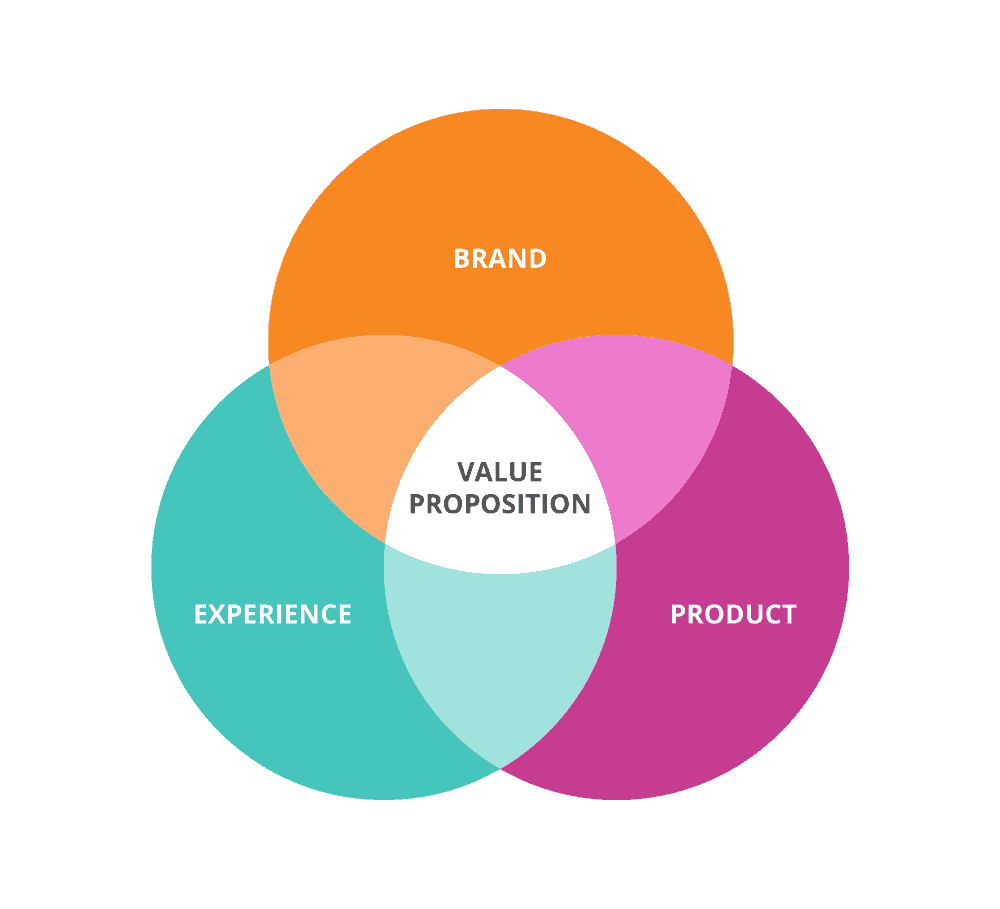
Your unique value proposition, or UVP, is your brand's promise to customers that sets you apart from competitors. It's one of the most critical elements of your marketing strategy. Follow these essential steps to develop a memorable UVP that converts:
Identify Your Differentiators
Analyse your business strengths, weaknesses, and competitors to determine what makes you uniquely valuable to customers. Look beyond physical product attributes to consider intangibles like service, experience, or company mission. What do you provide that competitors can't easily replicate?
Focus on Customer Needs
A strong UVP puts the customer first. Dig deep into your audience insights to identify frustrations, unmet needs, or desires. Then, demonstrate how your offerings address these pain points better than alternatives. People buy solutions, not products.
Communicate Benefits
Don't simply describe features. Frame your differentiation in terms of tangible customer benefits. For example, rather than “We offer fast shipping”, say, “get your order in just two days.” These benefits should ladder up to your brand promise.
Refine Your Message
Once drafted, refine your UVP by testing it with current and potential customers. Check that the language resonates and conveys your value. Workshop the UVP internally to align on the right customer-centric message.
Keep it Concise
A successful UVP is crisp and memorable. Use succinct, compelling language that focuses on one or two main points. Lengthy value propositions dilute your message. Strive for an “elevator pitch” style delivery.
With a uniquely compelling value proposition, you can consistently reinforce why customers should choose you over alternatives in all marketing touchpoints. Let it guide your strategy to growth.
3 – Building an Online Presence

A solid online presence is imperative for today's small businesses. Frequently, your website makes the first and most critical brand impression on customers. Follow these tips to create a high-impact website that attracts and converts visitors:
Optimise Site Architecture
Logical, intuitive site architecture is vital. Organise your content effectively and make navigation seamless through well-labelled menus and calls to action. Important pages should be easily discoverable. Eliminate clutter.
Focus on User Experience
Keep the customer journey top of mind. Test your site from a visitor's perspective to pinpoint and improve pain points. Prioritise fast load speeds, seamless navigation and mobile optimisation.
Align with Brand Identity
Your website should visually bring your brand identity to life. Maintain consistent branding, messaging, imagery and tone across every page. This builds recognition and trust.
Craft Compelling Content
Quality content is king. Create pages that educate and add value for visitors. Include engaging copy, graphics, videos and visuals that align with the searcher's intent. Refresh content regularly.
Incorporate SEO Best Practices
Search engine optimisation will increase your site's visibility. Conduct keyword research and incorporate keywords naturally throughout pages. Write meta descriptions that engage searchers—Minimise site errors.
By mastering these websites' best practices, you can craft an online home that converts visitors into loyal customers. Treat your website as an always-evolving marketing asset.
4 – Leveraging Content Marketing
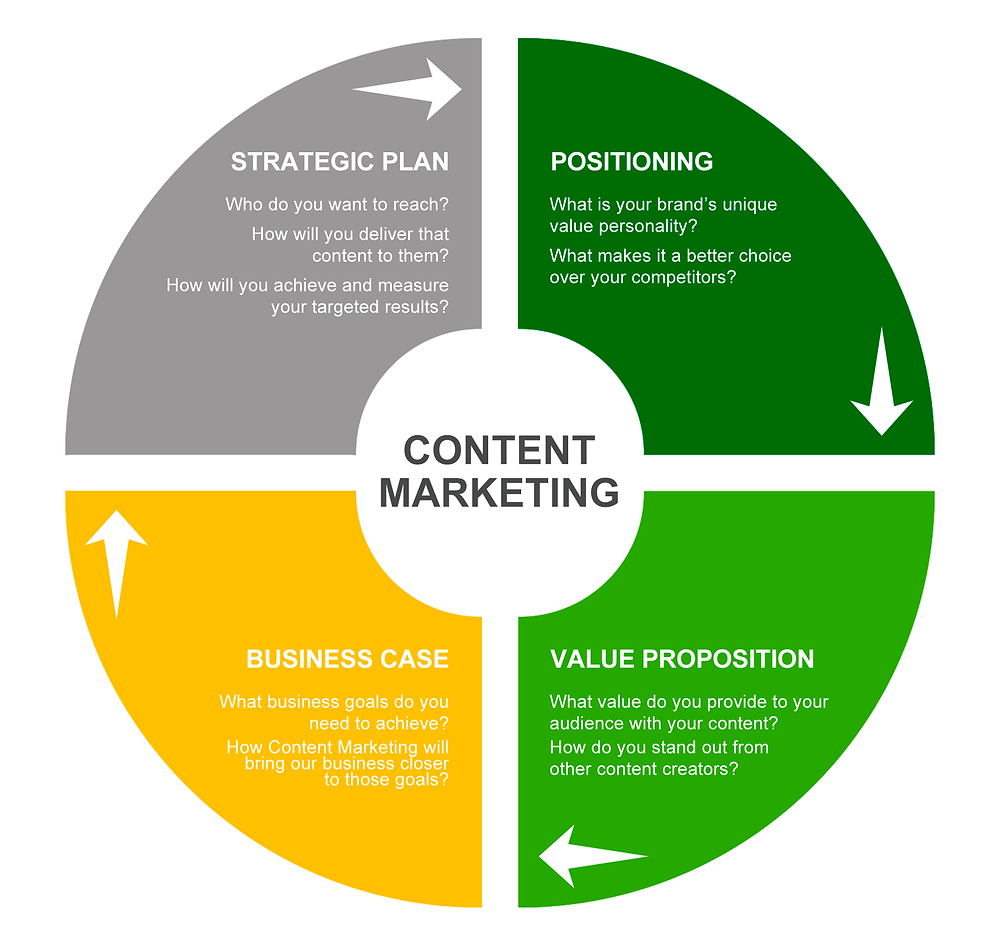
High-quality content is imperative for small business marketing success in today's digital realm. When done right, content marketing educates customers, establishes trust, and positions your brand as an industry authority. Here are some of the most effective content marketing tactics for small businesses:
Start an Informative Blog
Consistently publishing well-researched, engaging blog posts on your website or medium.com is necessary. Share advice, address FAQs, reveal company insights, and more—Optimise posts for SEO with relevant keywords. Promote your blogs across channels.
Create Instructional Videos
Fun, short videos that educate viewers enjoy high engagement. Invest in video equipment to produce tutorials, product explainers, or videos that provide value for your audience. Host videos on YouTube and share them across social media.
- Hardcover Book
- Pulizzi, Joe (Author)
- English (Publication Language)
- 368 Pages – 02/27/2023 (Publication Date) – McGraw Hill (Publisher)
Host Educational Webinars
Webinars allow real-time interaction with your audience while demonstrating thought leadership. Provide actionable takeaways on relevant industry topics. Promote your webinars and share recordings online.
Design Visually Compelling Infographics
Infographics quickly communicate complex information. Develop infographics to present statistics, compare products, illustrate processes, or tell your brand's story visually.
Curate Industry Newsletters
Send regular newsletters to update subscribers on industry happenings, feature your newest content, share company news, and more—Personalise content based on subscriber segments.
In our digital world, informative content builds lasting connections. Let it strengthen every customer touchpoint.
5 – Embracing Email Marketing
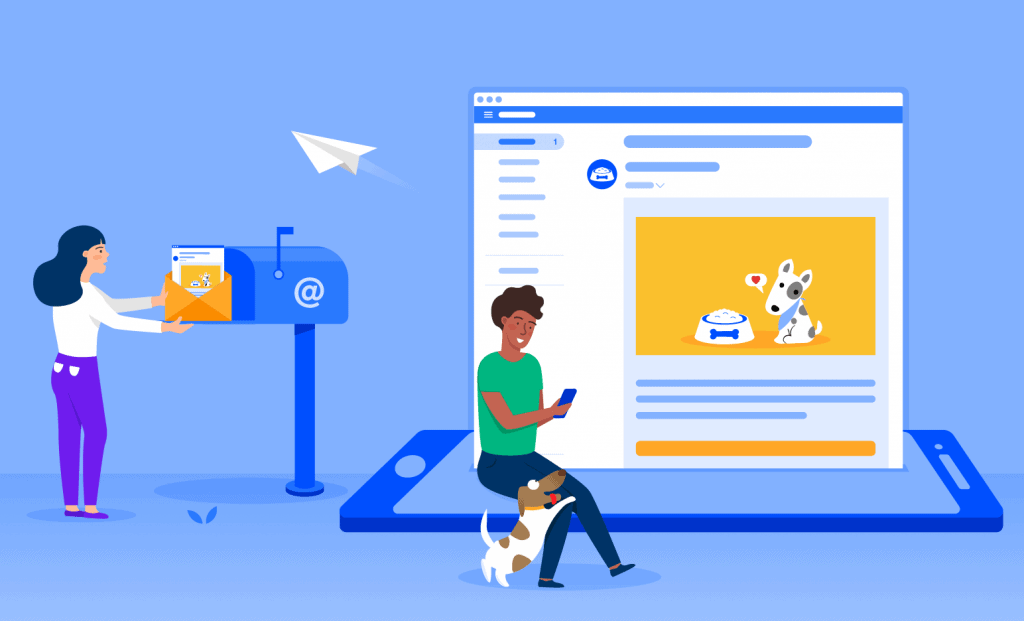
Email marketing is a vital channel no small business can ignore. Regularly engaging customers via email nurtures relationships, boosts sales, and provides invaluable data. Follow these tips to maximise email success:
Curate an Email List
Build your list through opt-in forms, social media, and offers to download gated content. Obtain first-party data like names and interests when possible. Segment your list based on user attributes and behaviours.
Create Valuable Content
Whether you're sending newsletters, promotional emails, or drip campaigns, the content must provide real value to recipients. Share relevant insights, updates, special deals, how-tos, and more.
Personalise Messages
Using merge tags, customise email content with subscriber names, purchase history, interests, and other data. Targeted personalisation significantly lifts open and click-through rates.
Automate Workflows
Email automation tools can execute campaigns and send triggered messages like cart abandonment reminders. This streamlines the process and nurtures subscribers.
Analyse Performance
Continuously analyse email metrics like open, click-through, and unsubscribe rates. Refine your segmentation, content, design, and subject lines and send times based on data.
With a strategic email marketing approach, you can foster loyal advocates that fuel referrals and repeat sales. Treat your list like your most valued asset.
6 – Pay-Per-Click Advertising (PPC)
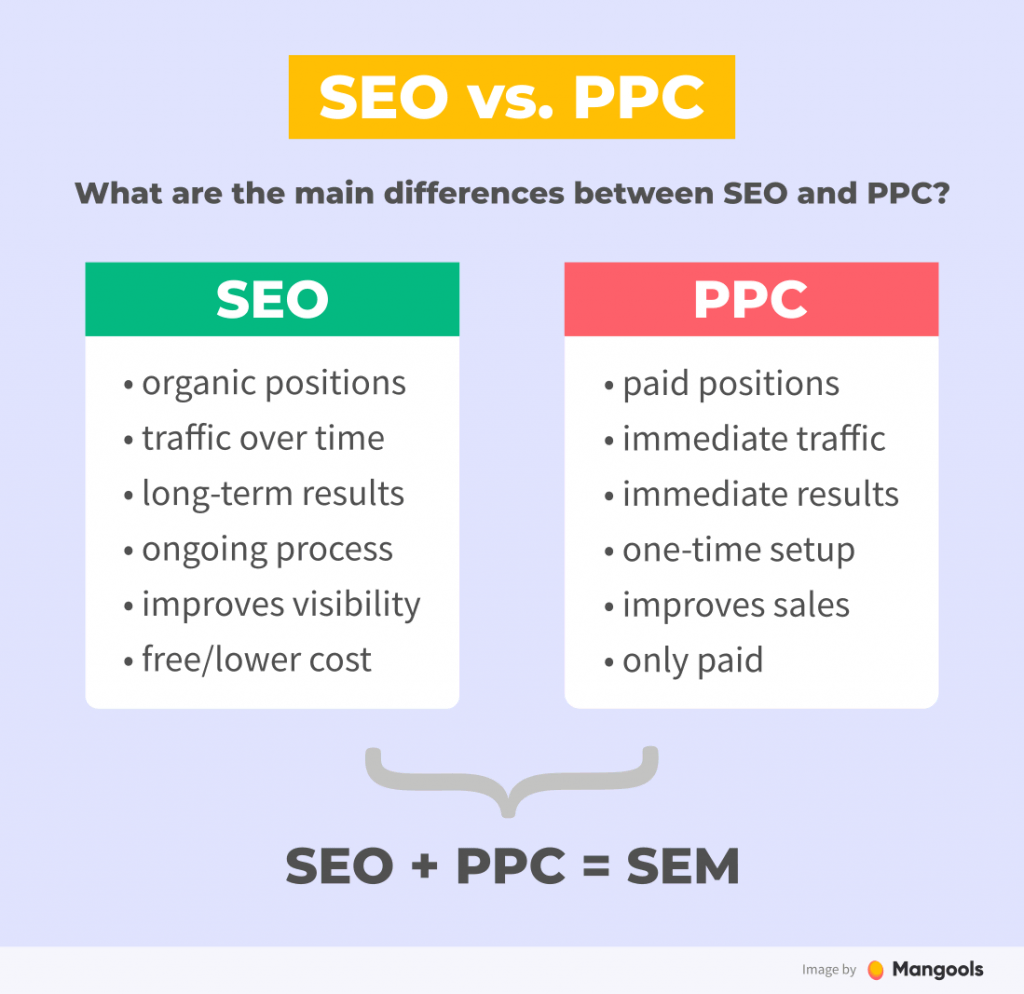
Pay-per-click (PPC) advertising enables small businesses to get their website in front of motivated searchers on Google, Bing, and social media. With the right strategy, it can drive qualified traffic and sales. Follow these tips to maximise your PPC success:
Research Relevant Keywords
Leverage free keyword research tools to find high-volume, low-competition keywords that align with your products or services—Target more generic terms for top-of-funnel awareness and long-tail versions for bottom-funnel conversions.
Create Compelling Ads
Craft multiple ad variations with attention-grabbing headlines, detailed copy highlighting your differentiators, and a clear call-to-action. A/B test ads to determine what resonates most.
Set Your Budget
Define a daily budget that aligns with your revenue goals and monitor cost-per-click on keywords. Adjust bids to balance traffic volume and cost efficiency.
Continually Refine and Expand
Analyse performance data to identify winning ad copy, keywords and audiences. Kill off underperformers and expand on what works through negative keywords, new ad groups, and customised landing pages.
With close monitoring and optimisation, PPC can deliver a robust ROI. The key is maximising conversions from the traffic you attract.
7 – Social Media Marketing
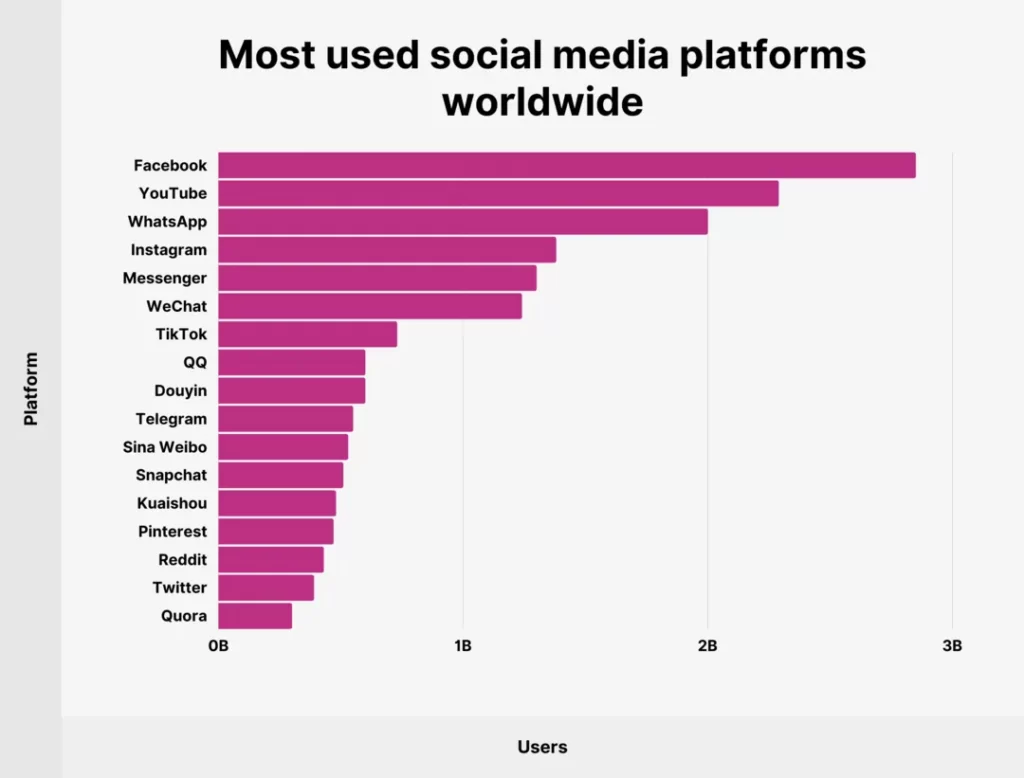
With billions of active users worldwide, social media presents a powerful marketing channel for small businesses. However, more than simply creating accounts is required. You must strategically build your presence, engage your followers, and promote your brand through paid efforts. Here are some best practices:
Identify the Right Platforms
Conduct audience research to determine which platforms your target customers use most. Focus your efforts there rather than spreading yourself too thin.
Create Shareable Content
Develop an editorial calendar for creating posts, videos, reels, and stories that entertain or educate followers. User-generated content and interactive polls can also spark engagement.
Engage Followers
Respond to comments and queries on time. Follow relevant accounts and participate in conversations. Building relationships is critical to growing your community.
- Amazon Kindle Edition
- Kane, Brendan (Author)
- English (Publication Language)
- 288 Pages – 10/09/2018 (Publication Date) – BenBella Books (Publisher)
Run Targeted Ad Campaigns
Leverage each platform's advertising capabilities to promote content and offers to laser-targeted demographics and lookalike audiences. Experiment with different objectives, creatives and placements.
Analyse and Refine
Use built-in analytics to determine your best-performing content and channels. Double down on what succeeds and optimise underperforming areas.
You can drive meaningful business results with an intentional social media strategy tailored to your brand.
8 – Monitoring and Analytics

In today's data-driven landscape, analytics are essential for small businesses to measure marketing success, identify issues, and optimise strategy. Leverage these best practices to unlock insights:
Track Website Analytics
Use Google Analytics to monitor traffic volumes, sources, on-site engagement, and conversions across site pages. Discover how visitors interact with your site.
Measure Email Performance
Dig into email campaign metrics like open, click-through, and unsubscribe rates. Test subject lines and content to improve results.
Analyse Social Media
Leverage built-in analytics on social platforms to identify your best-performing content across channels. Find opportunities to refine your approach.
Calculate Return on Investments
Determine the revenue driven by campaigns and compare it to costs. Identify and double down on high-ROI activities and eliminate poor performers.
Conduct Surveys and Interviews
Ask customers directly about their experiences to gain insights. Feedback can reveal satisfaction levels and pain points.
A/B Test Content
Try different versions of copy, offers, subject lines, images, and more to see what resonates best with your audience.
You can streamline marketing processes and drive growth with the right metrics, providing actionable data. Be data-informed, not data-driven.
FAQs (Frequently Asked Questions)
What is the most cost-effective marketing strategy for a small business?
The most cost-effective marketing strategy often depends on your target audience and industry. Content and email marketing are cost-effective options for small businesses, as they require minimal upfront investment but can yield significant returns over time.
How can I compete with larger competitors in my industry?
Small companies can compete with larger competitors by emphasising their unique value proposition, providing exceptional customer service, and focusing on niche markets. Additionally, leveraging digital marketing and social media can level the playing field.
What is the role of social media in small business marketing?
Social media plays a crucial role in small business marketing by providing a platform to connect with customers, build brand awareness, and showcase products or services. It also enables targeted advertising to reach specific demographics.
Is SEO necessary for a small business website?
SEO (Search Engine Optimisation) is essential for a small business website. It helps improve your website's visibility on search engines like Google, driving organic traffic and increasing your chances of reaching potential customers.
How can I measure my marketing efforts' ROI (Return on Investment)?
To measure ROI, track key performance indicators (KPIs) such as website traffic, conversion rates, and sales generated from marketing campaigns. Calculate the cost of marketing versus the revenue generated to determine your ROI.
Conclusion
Though marketing for small businesses can seem daunting, it doesn't have to be with the right strategic approach. Small businesses can get outsized results by truly understanding their customers, crafting compelling messaging, and leveraging cost-effective digital tactics.
While large corporations have more resources, small businesses can be more agile, authentic and customer-focused. Play to these inherent strengths in your marketing. Experiment with different formats and platforms to determine what resonates most with your audience and double down on those high-performing areas. Track critical metrics diligently to refine efforts and demonstrate ROI.
Most importantly, let your marketing reflect your passion for your products and services. Marketing is about driving transactions and building genuine connections with customers. With creativity and commitment, your marketing can capture hearts and minds to drive referrals and loyalty for your brand.
Though the small business marketing landscape will continue to evolve, you now have an actionable framework tailored to your unique business strengths and audience needs. You can build a foundation for long-term success by consistently providing value and staying agile. The opportunity for growth starts today.
Last update on 2024-05-13 / Affiliate links / Images from Amazon Product Advertising API



